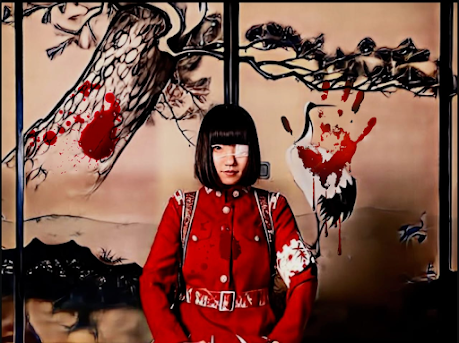Glitz and Glamour: The Wonderful World of Drag Queens
In the world of entertainment and self-expression, few art forms captivate and inspire as profoundly as drag. Drag queens, with their extravagant costumes, flawless makeup, and larger-than-life personalities, have become iconic figures in both LGBTQ+ culture and mainstream society. They challenge conventional gender norms, break down stereotypes, and provide a platform for creative expression like no other. In this blog, we'll dive into the colorful world of drag queens, exploring their history, impact, and the artistry that goes into their craft.
A Brief History of Drag Queens
The origins of drag date back centuries, with cross-dressing and gender-bending performances appearing in various cultures throughout history. However, the modern drag queen as we know it emerged in the early 20th century. Pioneers like Julian Eltinge and Bert Savoy were among the first to gain recognition as female impersonators on stage. These early drag queens paved the way for a rich tradition that continues to evolve today.
The term "drag" itself is often believed to be an acronym for "Dressed as a Girl," although its exact etymology remains a topic of debate. Drag queens began gaining prominence in the LGBTQ+ community during the 1950s and 1960s, particularly in New York City's Greenwich Village, where establishments like the Stonewall Inn played a pivotal role in the fight for LGBTQ+ rights. The Stonewall riots of 1969, which were sparked by the LGBTQ+ community's resistance to police harassment, marked a turning point in the LGBTQ+ rights movement and further solidified the role of drag queens in advocacy and activism.
Drag as Art and Performance
Drag queens are more than just individuals donning extravagant outfits and makeup; they are artists and performers who meticulously craft their personas. The process of transformation often involves hours of makeup application, costume selection, and wig styling. The result is a captivating blend of glamour, satire, and artistry that captivates audiences worldwide.
One of the key elements of drag is the creation of a unique persona. Drag queens choose stage names that reflect their character and style, often incorporating puns, wordplay, or cultural references. These personas allow performers to explore different facets of their personalities and express themselves in ways they might not be able to in their everyday lives.
Drag performances can encompass a wide range of styles, from lip-syncing to live singing, dance routines, and comedy acts. The drag community is incredibly diverse, with queens specializing in various genres and styles, from classic cabaret to avant-garde performances.
Breaking Dwn Stereotypes
One of the most significant contributions of drag queens to society is their role in challenging stereotypes and promoting inclusivity. By defying traditional gender roles and expectations, drag queens serve as powerful symbols of self-acceptance and empowerment. They encourage people of all backgrounds and identities to embrace their uniqueness and celebrate their authentic selves.
Drag queens have also played a crucial role in advocating for LGBTQ+ rights and visibility. Through their art and activism, they have helped shed light on important issues, such as discrimination, HIV/AIDS awareness, and the fight for equal rights. Icons like RuPaul, who hosts the popular reality TV show "RuPaul's Drag Race," have used their platforms to bring LGBTQ+ issues into the mainstream conversation.
Conclusion
Drag queens are more than just performers; they are trailblazers, activists, and artists who have enriched our culture in countless ways. Their fearless self-expression, resilience, and ability to challenge societal norms make them true icons in the LGBTQ+ community and beyond. As we celebrate the artistry and impact of drag queens, let us also remember the lessons they teach us about embracing diversity, promoting equality, and living life authentically.




Comments
Post a Comment